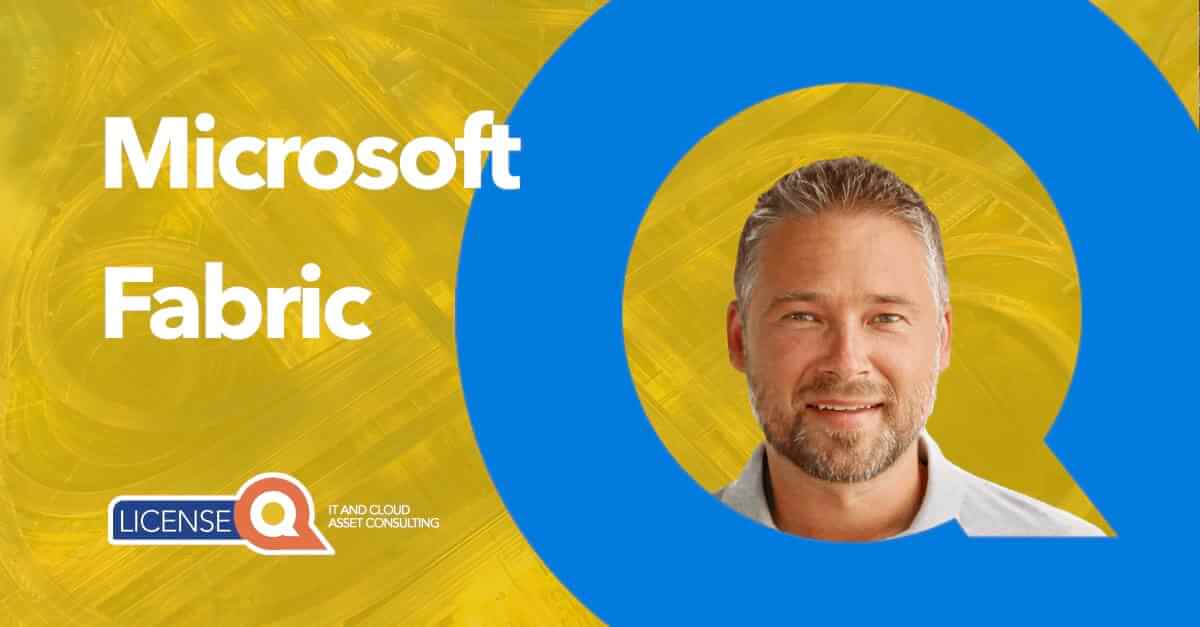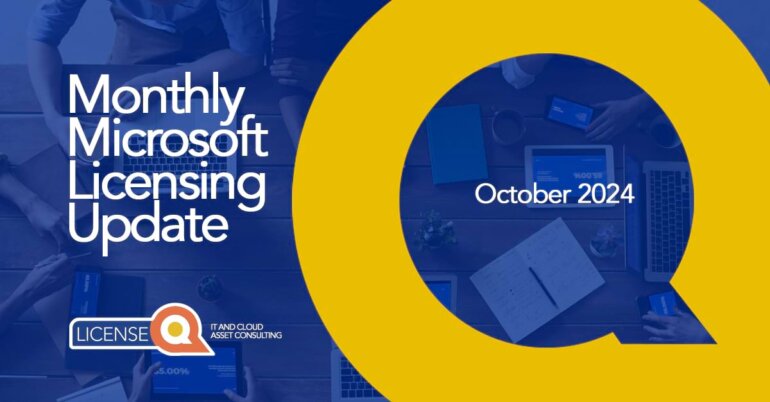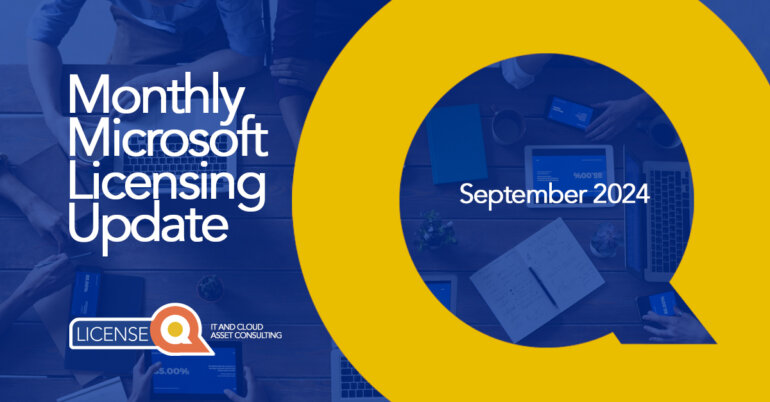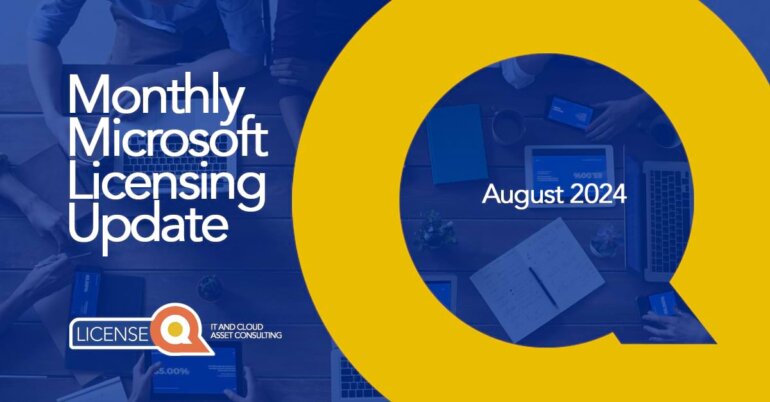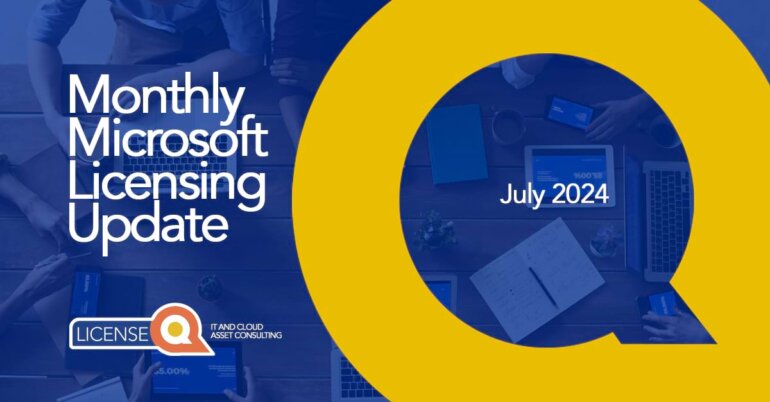Understanding the new Microsoft Fabric
Key takeaways
- Fabric is the new Microsoft data platform and analytics solution
- A main benefit of Microsoft Fabric is that it offers a centralized repository to use and access your data
- Microsoft Fabric simplifies the use of data through easier ingestion, processing, analysis and visualization
- Free preview usage of Fabric workloads (other than Power BI) ran until October 1st, 2023. Users can now purchase Fabrics in the Azure Portal.
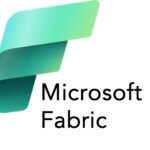
What is Microsoft Fabric?
Microsoft Fabric, launched in May 2023 in free preview mode, is an all-in-one, cloud-based analytics platform for enterprises that covers everything from data science to data movement.
It offers a comprehensive suite of services, including data lake, data engineering, data integration, real-time analytics and business intelligence. All of these services are integrated into a single platform, making it easy for users to get started and manage their data analytics workloads.
Why use Microsoft Fabric?
Microsoft Fabric offers a number of benefits to enterprises, including:
- Services offered cover the whole data analytics lifecycle, from data movement to data science. This eliminates the need for enterprises to stitch together different tools and services, saving them time and money.
- All services are integrated into a single platform. This makes it easy for users to manage their data analytics workloads and access all their data from one place.
- Robust data security and governance features, helping enterprises to protect their data and comply with regulations.
- Scalable and performant platform ideal for organizations who deal with large volumes of data
How can you use MS Fabric?
Fabric can be used for a variety of data analytics workloads, including:
- Data lake management helps enterprises to build and manage data lakes, which are centralized repositories for storing and managing large amounts of data.
- Data engineering in Fabric provides tools and services for data engineers to clean, transform, and load data into data lakes and other data stores.
- Fabric helps organizations integrate data from different sources, including on-prem databases, cloud-based apps and IoT devices.
- Real-time analytics enables data analysis as it is being generated.
- Business intelligence supports visualization and analysis of data to make better business decisions.
For more information on MS Fabric and how it works, please visit the Microsoft website.
How to purchase Fabric?
As of this month, Microsoft customers are able to purchase Fabric as part of Azure and it is billed per second with no commitment. In the future (date not yet known), Microsoft will also enable purchase of Fabric is M365, which will then be billed on a monthly or annual basis with a monthly commitment.
At the time of writing (Oct 2023) Microsoft Fabric is still in public preview and customers can access the platform in the following 3 ways:
- Power BI Premium – Use Fabric as part of your PBI Premium subscription by turning on the Fabric Preview switch.
- Start a trial – This might not work in some cases. Check if it is available to you here.
- As of October 1st, purchase is possible via Azure on the Azure portal. If you signed up to Fabric before October 1st, Microsoft gives you several months before you have to start paying (not known yet how long).
Purchasing Fabric through Azure is probably going to be the most popular option to leverage Microsoft Fabric. With this option, capacities are split into Stock Keeping Units (SKU). Each SKU provides a different amount of computing power, measured by its Capacity Unit (CU) value. Refer to the Capacity and SKUs table below ito see how many CUs each SKU provides.
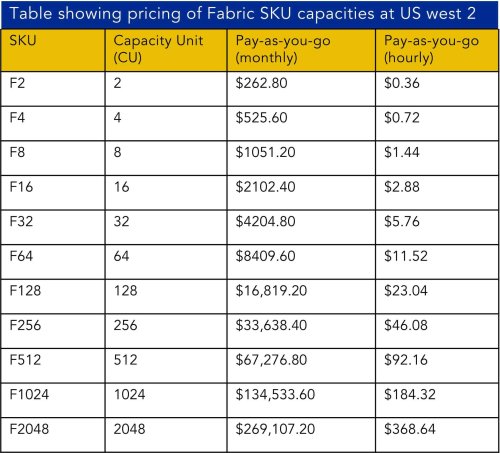
Azure capacity
A customer can use their Azure capacity as long as needed without any commitment. Pricing is set regionally and billing is done on a per-second basis with a minimum of one minute.
Azure capacities offer the following improvements over the Microsoft 365 SKUs:
- Pay as you go with no time commitment
- You can scale your capacity up or down using the Azure portal
- You can pause and resume your capacity as needed. This feature is designed to save money when the capacity isn’t in use
- Microsoft Cost Management
- Azure Monitor Metrics
How to buy Azure SKU for Microsoft Fabric
To buy an Azure SKU for Microsoft Fabric, you need to be an owner or a contributor of an Azure subscription. To do this,
- Select the Microsoft Fabric (preview) service from the Azure portal.
- Select “Create Fabric Capacity” and fill in the required fields such as Subscription, Resource group, Capacity name, Region, Size, and Admin.
M365 SKU
The Microsoft 365 SKUs are known as P SKUs or Power BI SKUs. They also support Fabric if you enable Fabric on top of your Power BI subscription. The PowerBI embedded SKUs don’t support Microsoft Fabric.
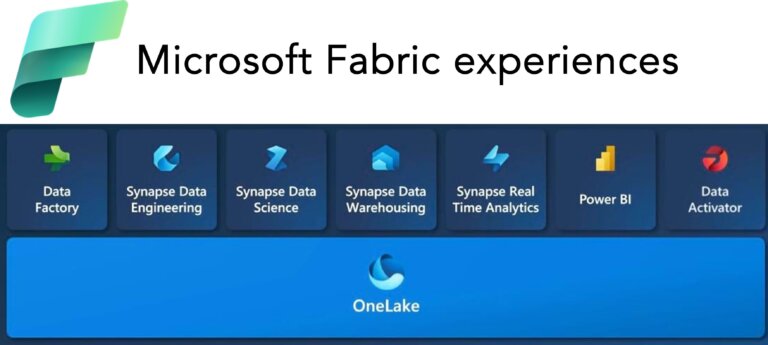
Experiences in MS Fabric
Microsoft Fabric offers a comprehensive set of analytics experiences designed to work together seamlessly. Each experience is tailored to a specific persona and a specific task.
Fabric includes industry-leading cloud-based experiences in the following categories for an end-to-end analytical need:
- Synapse Data Warehouse enables you to store and manage large amounts of relational data.
- Synapse Data Engineering helps you build scalable, high-performance big data pipelines.
- Data Factory lets you create, schedule, and orchestrate data integration workflows at scale.
- Synapse Data Science provides a collaborative environment for building, training, and deploying machine learning models at scale.
- Power BI provides interactive visualizations and business intelligence capabilities with an interface simple enough for end users to create their own reports and dashboards.
- Synapse Real-Time Analytics enables you to build real-time analytics solutions using Apache Spark and Apache Kafka.
OneLake in Fabric
OneLake is basically the OneDrive of data. It is a single, logical, unified data lake for your entire organization. OneLake is automatically provided with every Microsoft Fabric tenant and is meant to be the one-stop-place for all your analytics data.
In OneLake, shortcuts are embedded references that direct to other file store locations. This creates a way to connect to existing data without having to copy it directly.
Besides being a single data lake for a whole organization, OneLake promises to provide customers with one copy of data for use with multiple analytical engines. It is built on top of Azure Data Lake Storage (ADLS) and can support any type of file – structured or unstructured. All data items in Fabric, such as data warehouses and lakehouses, automatically store their data in OneLake.
How to start using Microsoft Fabric
To start using Microsoft Fabric, you need to understand the above services and dive into the general terms and conditions for these services and Microsoft Fabric as a whole.
Finally, please understand that additional costs will be associated with this solution when you set up your capacity in Microsoft Fabric. For instance, OneLake acts as a storage repository and as such incurs storage costs for the environment. Additionally, when moving data you incur cross-region data transfer charges.
Our advice
Big data remains a hot topic in the world of IT and Microsoft is hoping to remain one of the biggest players in this space. Bringing all these services together in Microsoft Fabric is an important milestone for Microsoft, and it means they will start to market this to the relevant teams within your organization.
If you start using the Microsoft data lake solution, it pulls another organization onto the Microsoft Azure platform as it will be hosting their important and relevant data on it. For Microsoft, this places them even mores strategically within your organization. This is not a bad thing, but you have to be aware that it means you are hosting a potentially critical part of your company with them. Take this into consideration when outlining your roadmap and IT strategy for the coming years. Also think about how this can impact your negotiation position with Microsoft in the future.
As always, reach out to us via email if you have any questions on Fabric or anything else Microsoft licensing!
Microsoft Fabric glossary
Understanding of the below is mandatory to understand the Microsoft Fabric service and how it is provisioned and accessed:
Capacity
Dedicated set of resources that is available at a given time to be used. Capacity defines the ability of a resource to perform an activity or to produce output. Different items consume different capacity at a certain time.
Experience
Collection of capabilities targeted to a specific functionality. The Fabric experiences include Synapse Data Warehouse, Synapse Data Engineering, Synapse Data Science, Synapse Real-Time Analytics, Data Factory and Power BI.
Item
An item is a set of capabilities within an experience. Users can create, edit, and delete them. Each item type provides different capabilities. For example, the Data Engineering experience includes the Lakehouse, notebook, and Spark job definition items.
Tenant
A tenant is a single instance of Fabric for an organization and is aligned with an Azure Active Directory.
Workspace
Workspace is a collection of items that brings together different functionality in a single environment designed for collaboration. It acts as a container that leverages capacity for the work that is executed, and provides controls for who can access the items in it. For example, in a workspace, users create reports, notebooks, datasets, etc.
Lakehouse
This is a collection of files, folders, and tables that represent a database over a data lake used by the Apache Spark engine and SQL engine for big data processing.

